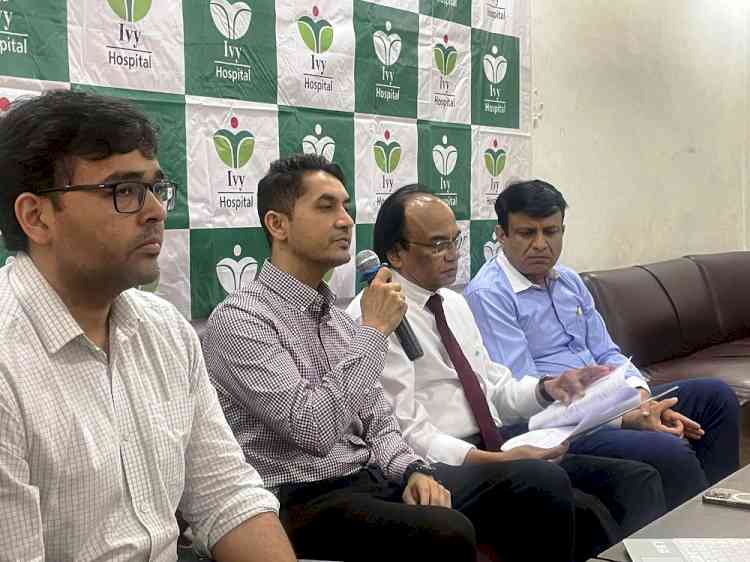India Ratings Estimates BSE 500 Corporates to Borrow INR180bn-INR200bn for FY14 Dividend Payments
Author(s): City Air NewsMumbai, May 23, 2014: India Ratings & Research (Ind-Ra) says that several BSE 500 corporates (excluding banks and financial services companies) adopted an aggressive dividend payment strategy in 2013, despite a...

Mumbai, May 23, 2014: India Ratings & Research (Ind-Ra) says that several BSE 500 corporates (excluding banks and financial services companies) adopted an aggressive dividend payment strategy in 2013, despite a reduction in their net profits. Ind-Ra expects 419 of the BSE 500 corporates to pay an aggregate dividend of INR1,000-1,200bn in FY14 and avail aggregate debt of INR180bn-INR200bn for the same.
The agency estimates that the 419 corporates availed INR191.8bn of debt in FY13 to fund the aggregate dividend payment of INR1,049bn. The trend of dividend payment behaviour over FY09-FY13 suggests that in most instances cash flow from operations (CFO) was adequate and instances of debt requirement declined steadily from FY11-FY13. However, the total quantum of debt needed increased sharply in FY13 (after declining in FY12) due to an increase in dividend payments and a reduction in profit after tax (PAT).
In Ind-Ra’s assessment, 37 public sector units (PSUs) among the 419 corporates paid aggregate dividend of INR450.6bn in FY13, and of these, eight PSUs had to borrow INR128.9bn due to inadequate CFO. However, considering the sovereign linkage of these PSUs, their credit profiles are unlikely to be impacted. However, more worrisome may be case of 12 private corporates with high leverage above 5.0x, which could have borrowed an estimated INR27.7bn to pay dividends.
Lenders have to watch out for corporates whose CFO is negative or have CFO below the amount of divided paid, while PAT may be positive. In some of these cases, dividend payments could be financed by debt, even when financial leverage is high. As such, some loan documents have covenants with respect to dividend payments, but they usually require the borrower to inform or seek approval from bankers before paying dividends. Decision triggers are usually accounting profit, balance sheet net-worth or debt/equity ratio.
In the report, the agency has explained that under The Companies Act 2013 a corporate can pay dividend out of its current or past accounting profit, in essence out of PAT. However, it is possible that while a corporate can generate positive PAT, its CFO may be negative due to high working capital requirements to support revenue and EBITDA profits. In such cases a company paying dividend higher than its CFO is likely to tap its cash reserves, investments and non-recurring income. If this is insufficient, the company would effectively rely on debt to finance dividends. Reliance on cash reserves or debt to partly or fully fund dividend payments has a negative impact on net leverage (adjusted debt net of cash dividend/EBITDA) and the overall credit profile.
(Source: Manager - Corporate Communications and Investor Relations, India Ratings & Research-A Fitch Group Company.)

 cityairnews
cityairnews 














